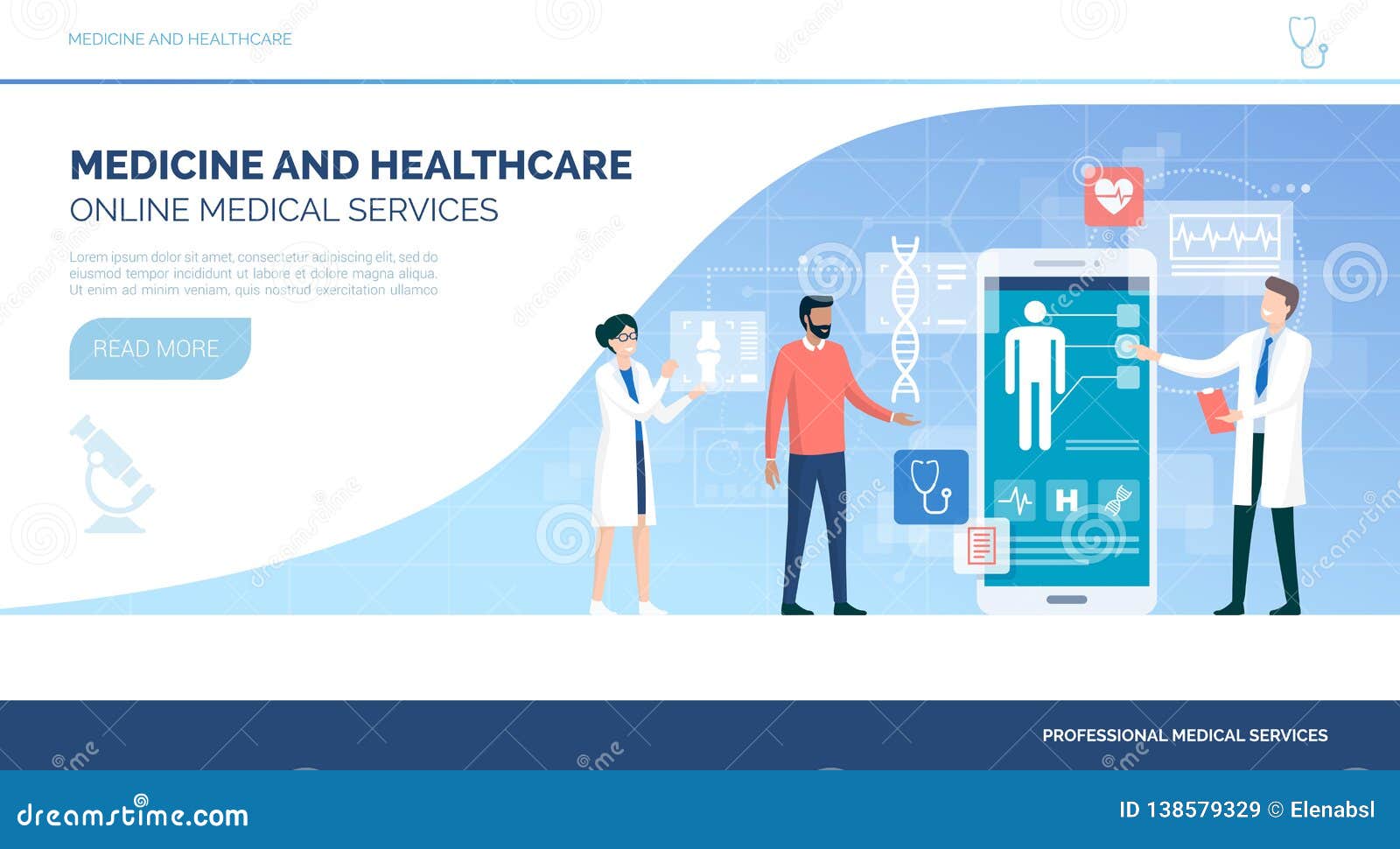The Future of Medicine: Exploring Subscription Based Healthcare Models
Understanding the Cost-Effectiveness of Subscription-Based Health Care Versions
As the medical care landscape advances, subscription-based models emerge as a compelling alternative, promising to redefine how individuals take care of clinical costs. Assessing these designs' cost-effectiveness necessitates a nuanced comparison with traditional insurance, taking into consideration both economic ramifications and client complete satisfaction.
Summary of Subscription-Based Models
Subscription-based healthcare versions, often referred to as direct health care or attendant medicine, are progressively obtaining focus as a prospective option to ineffectiveness within conventional medical care systems. These designs operate the principle of offering people straight accessibility to doctor through a annual or month-to-month fee, bypassing the need for standard insurance coverage mechanisms. This plan aims to simplify patient-provider interactions by lowering management concerns, which often impede timely and tailored care.
At the core of subscription-based designs is the focus on a much more customized patient experience. People gain from enhanced access to their physicians, usually consisting of same-day or next-day appointments, prolonged appointment times, and direct interaction channels such as phone or video telephone calls. This model promotes an aggressive technique to medical care, where people and carriers can collaboratively focus on preventative care and persistent condition management.

Expense Comparison With Typical Insurance Coverage

Among the main monetary advantages of membership versions is transparency in expenses. Individuals pay a predictable charge, which can simplify budgeting and financial planning. Additionally, these models commonly remove co-pays and deductibles for protected solutions, minimizing out-of-pocket costs. On the other hand, standard insurance coverage may be more helpful for individuals requiring specialized treatment or costly treatments not covered under a subscription model, as they profit from the more comprehensive protection network and cost-sharing mechanisms.
However, cost-effectiveness is context-dependent. While membership designs might provide cost savings for those largely requiring primary care, individuals with chronic conditions or specialized healthcare demands might discover traditional insurance policy much more thorough. For that reason, reviewing specific health care needs and potential usage is critical in determining one of the most cost-efficient option for people.
Influence On Patient Contentment
Client complete satisfaction within subscription-based healthcare models usually shows a considerable improvement over conventional insurance policy systems. Unlike typical systems, where people may experience delays in obtaining treatment, subscription-based designs ensure even more direct and prompt communications with medical care suppliers.
Furthermore, the transparency in prices related to subscription-based healthcare relieves the typical irritations associated with unexpected costs and complicated billing processes seen in standard insurance (subscription based healthcare). Individuals appreciate understanding the specific financial dedication upfront, leading to boosted trust fund and confidence in their health care management
Furthermore, the focus on preventative care and health in membership versions contributes to enhanced health results, better enhancing individual complete satisfaction. By concentrating on recurring health care instead of anecdotal care, clients experience an even more constant and all natural healthcare journey.
In addition, the enhanced provider-patient connection promoted in these versions, characterized by more time spent per individual and personalized attention, plays an important duty in elevating patient fulfillment degrees, as people really feel genuinely cared for and understood.
Supplier Viewpoints and Experiences
From the carrier's viewpoint, subscription-based healthcare models provide a transformative method to providing medical services. These designs highlight a preventative and proactive health care method, permitting carriers to concentrate on detailed patient care without the restrictions of conventional fee-for-service plans (subscription based healthcare). This shift in emphasis frequently leads to enhanced patient results and boosted supplier contentment, as medical care experts can assign more time and sources to person involvement and customized care strategies
In addition, membership designs facilitate foreseeable profits streams, which enhance financial security for doctor. This predictability allows for enhanced resource preparation and allowance, adding to an extra effective healthcare distribution system. Suppliers can buy team training, innovation, and framework renovations, thereby improving the top quality of care used.
Nonetheless, the transition to subscription-based designs is not without obstacles. Service providers need to adjust to new operational structures, which can involve significant modifications in payment methods and person administration systems. In addition, there is a fundamental demand for robust data monitoring to track client end results and ensure high quality treatment. Regardless of these hurdles, lots of service providers locate that the benefits of enhanced individual communication and structured operations outweigh the preliminary difficulties, making subscription-based versions an attractive option.
Future Leads and Obstacles

A key difficulty is regulatory conformity, as registration versions must stick to developing medical care policies and insurance needs. This requires continuous adjustment and development to ensure placement with legal criteria. Furthermore, incorporating Clicking Here these designs into existing health care facilities can be intricate, needing substantial investments in modern technology and training.
There is likewise the potential danger of creating inequities in medical navigate to this website care gain access to, as registration models could favor those that can afford them, leaving at risk populations underserved. Addressing this calls for thoughtful consideration of rates approaches and subsidy devices to ensure inclusivity.
Final Thought
Subscription-based health care versions present a feasible alternative to conventional insurance policy by providing monetary predictability and openness, particularly benefiting people with persistent problems or frequent medical care requirements. The cost-effectiveness of these designs rests upon specific healthcare usage patterns and scenarios. While they might boost patient fulfillment and simplify budgeting, challenges remain blog in attending to specialized care needs. Future considerations consist of stabilizing thorough insurance coverage with affordability and integrating these models within the broader health care system for ideal results.
Subscription-based medical care designs, often referred to as direct primary care or attendant medication, are progressively acquiring attention as a potential remedy to inadequacies within standard health care systems. Unlike traditional systems, where patients could experience hold-ups in receiving treatment, subscription-based versions make sure more timely and straight communications with health care carriers.
These designs emphasize a preventative and aggressive health care strategy, permitting companies to focus on thorough individual care without the restraints of standard fee-for-service plans. As these models proceed to acquire grip, they provide the possible to reinvent patient accessibility to care, streamline solution delivery, and enhance healthcare costs.Subscription-based medical care designs present a feasible choice to conventional insurance policy by providing economic predictability and transparency, specifically benefiting individuals with persistent conditions or regular medical care requirements.